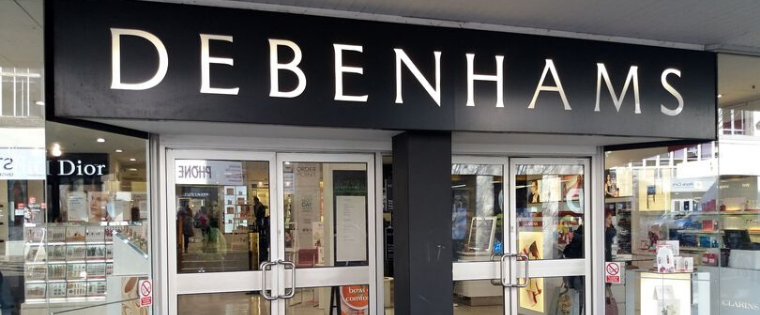Department Stores Ready a New Experience

It’s a new experience for department stores.
For the large chains for whom high-touch, high-service “experiential” retailing is a hallmark, COVID-19 is forcing a rethinking of strategies at a time when many were already struggling even before anyone was using the word pandemic in everyday conversation. Some of the merchandising techniques that have been staples of the business – full racks of apparel to be tried on, beauty products applied to shoppers’ faces on the spot, to name two – are being rethought in a bid to appeal to shoppers’ desire for a comfortable, safe environment.
Coming back to life
And as stores begin to come to life– Macy’s, for example, has opened about 118 of its 850 stores in states where retail restrictions have been lifted – a major challenge will be drawing consumers back into the stores without the kinds of promotions (i.e. celebrity appearances) that are inherently designed to draw lots of people to a confined space. In some cases, personal shoppers may get added emphasis to assuage the hesitation of consumers skittish about returning to retail amid COVID-19 and retain that personal touch usually supplied by store staff. And there will likely continue to be a sharpened focus on ecommerce and curbside pickup to offset lost brick-and-mortar revenue.
Here are some recent developments among department stores:
- Macy’s. The retailer re-opened 50 stores last week and another 68 on Monday (May 11) and plans to have most locations up in running by late June. Czech billionaire Daniel Kretinsky injected some cash into the company by taking a 5% stake earlier this week, making him one of Macy’s five largest shareholders.
- J.C. Penney. With reports swirling that the 846-store retailer could file for bankruptcy protection as soon as Friday (May 15), it secured a $450 million debtor in possession loan, with $225 million available immediately and the remainder received based on its performance against its budget, the terms of which are still being finalized. The chain is weighing closed 180-200 stores, according to a Reuters report.
- Galeria Karstadt Kaufhof. Germany’s largest retailer a 240-store chain, filed for creditor protection on April 1. Germany started re-opening retail stores on April 20, but consumers have been slow to return.
- Debenhams. The UK retailer filed for administration (version of U.S. bankruptcy) in April. It sought protection as part of a plan to re-open many of its 142 locations after restrictions are lifted in the UK. Stores will reopen provided they comply with new safety and security guidelines and will likely be phased in. Debenham’s is expected to close its 11 stores in Ireland.
- Neiman Marcus. The chain, which operates 43 Neiman Marcus and two Bergdorf Goodman stores, secured $675 million in financing after filing for bankruptcy earlier this month. Neiman Marcus has struggled with about $5 billion in debt. Its stores remain closed.
- Nordstrom. It has reopened 32 of its 116 full-line stores (not including its off-price Nordstrom Rack chain) and has announced that it will permanently close 16 locations.
- Dillard’s. The chain closed 200 of its 257 locations amid the pandemic but has since re-opened 121 full-line stores and 22 clearance centers in 21 states.
- Saks Fifth Avenue. The 41-store chain expects to have some of its locations open by June 1. Among the new additions to Saks stores is expected to be Barney’s shop-in-shops, which was among the first deals that Authentic Brands Group struck after buying Barney’s assets out of bankruptcy last fall.




